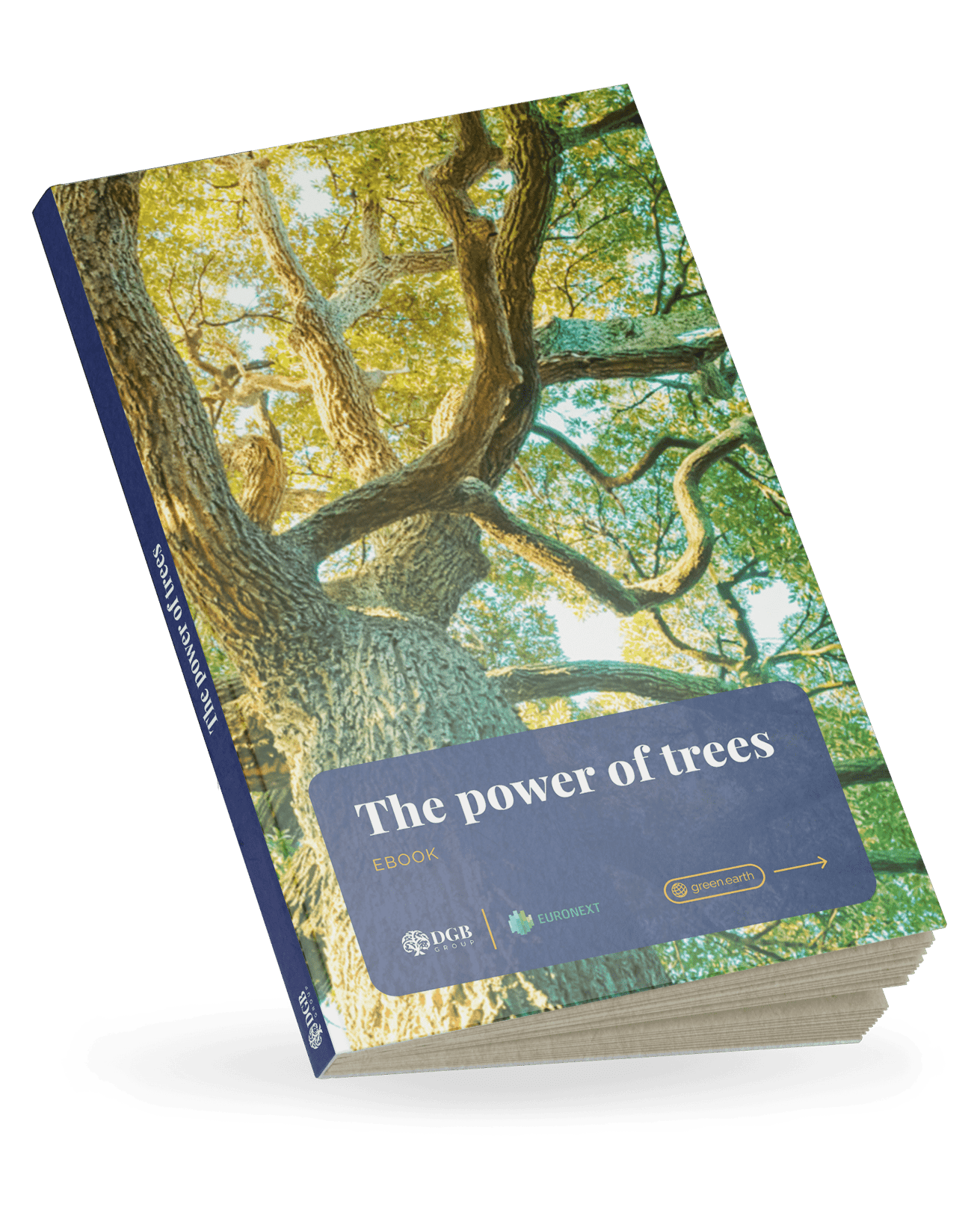In 1988, the British ecologist Norman Myers coined the phrase ‘biodiversity hotspot’ as regions that hold disproportionately large amounts of biodiversity and species when compared to other regions. Because life depends on high genetic variability to live,
Myers felt that these biodiversity hotspots should be the focus of preservation efforts. His theories won him the 2007 Time Magazine Hero for the Environment and started a small revolution in how environmental groups approached environmental protection and restoration.
However, generally, since Myers, biodiversity hotspots must satisfy two main criteria:
- Contain at least 1,500 unique vascular plants not found anywhere else
- Have lost at least 70% of its primary native vegetation
Are biodiversity hotspots threatened?
Biodiversity hotspots are continually and constantly threatened with the possible destruction of plants and animals. Many hotspots like Sundaland Hotspot in Southeast Asia and the Tropical Andes Hotspot in South America have each lost up to 95% of their primary native vegetation.
These biodiversity hotspots, in total, make up only 2.3% of the Earth’s land surface, but they hold 44% of the Earth’s plants and 35% of the animal species. Most of these plants and animals can’t be found anywhere else on Earth due to habitat requirements and the continued eradication by and encroachment of human populations and industrial mining activities.

Where are biodiversity hotspots?
There are over 30 biodiversity hotspots that are recognized around the world. These hotspots aren’t bound by political borders and are instead divided into the following regions. Each region has an example biodiversity hotspot.
- North and Central America (5): California Floristic Province
- South America (5): Tropical Andes, Atlantic Forest
- Asia-Pacific (16): Sundaland, Wallacea, Aucasus, New Caledonia
- Central Asia (1): Mountains of Central Asia
- Europe (1): Mediterranean Basin
- Africa (8): Cape Floral Region, Succulent Karoo, Horn of Africa
Ten most threatened biodiversity hotspots around the globe:
Though all biodiversity hotspots are threatened with complete destruction, there are some that are on the brink of disaster more so than others.
- Cerrado: This is the largest woodland savannah in South America.
- Himalayas: Covering 7 countries in Central Asia, the Himalayas have lost 75% of their biodiversity.
- Polynesia-Micronesia: Overhunting has caused 25% of the bird species to go extinct, with 90% of the remaining birds remaining highly threatened.
- Atlantic Forest: Cattle grazing and urbanization has destroyed much of this forest in South America
- Indo-Burma: Only 5% of this habitat remains.
- Philippines: Only 7% of this habitat remains.
- Madrean Pine-oak Woodlands: Support monarch butterflies, this woodland has lost 80% of its original coverage.
- Coastal Forests: This eastern African area is home to 3 highly endangered primates.
- Cape Floral Region: Per square kilometer, this region is the most biologically diverse region on Earth.
- MesoAmerica: Covering 8 Central American countries, this hotspot has lost 75% of its original coverage.
Biodiversity hotspots offer ecological communities brilliantly diverse species. The more species that are sustained, then the more global ecological systems will survive into the future. All biodiversity hotspots, all 36, are faced with near-total destruction.
With the help of specialized environmental organizations and willing national and local governments, communities can protect the varied species of biodiversity hotspots for future generations. Once these biodiversity hotspots are gone, there is no way to regain the genetic and species differences they offered the Earth.



